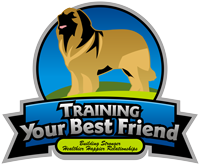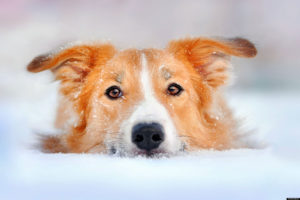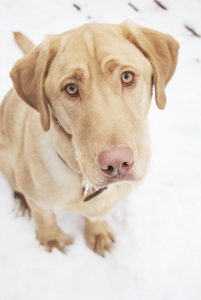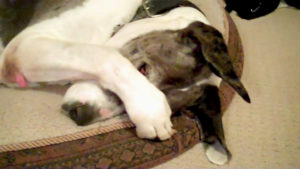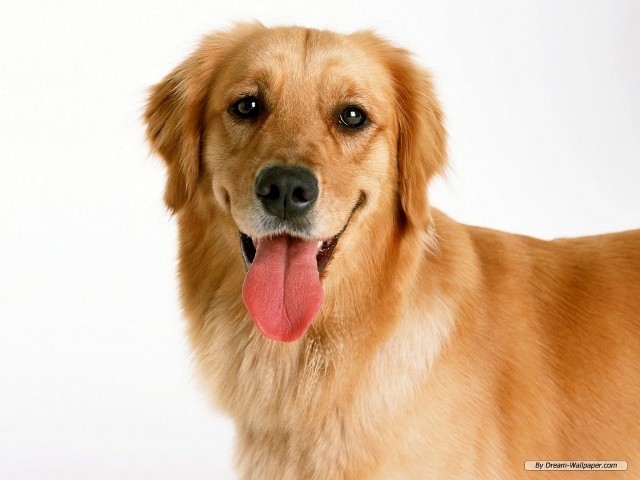
What I Am Trying To Say
This is a quick and easy guide to understanding what your dog is trying to tell you through body and vocal language. It’s so important that we learn how to listen to our dogs, and not just ask them to listen to us.
When a dog is saying ” I’m happy and relaxed”, he or she usually looks likes this:
- Total body position relaxed; relaxed hips, free movement, relaxed face
- Open relaxed mouth
- Tail at a neutral position (not too high or tucked between legs, unless that position is breed specific like high on a husky or tucked low on a greyhound or whippet).
When a dog is saying ” I am alert and interested in something” they look like this:
- Tail high that might be starting to curve over their back
- Body erect with some tension
- Focused stare
- Ears erected or moved forward
- Mouth could be closed or still open
- At this point, a dog is alert. This doesn’t mean they will be aggressive but a good sign for you to pay attention to your dog, what they are looking at and to the surrounding environment. Perhaps just getting their attention and if necessary calling them to you is all you need to do.
When a dog is saying” I am uncomfortable and anxious” they can look like this:
- Heavy panting
- Stiff body
- Tail low and between legs
- Ears back or flat against head
- Sideways rolling eyes so that you can see the whites (“whale eyes”)
- Yawning; Note, this is situation specific. True, dogs yawn when they are tired. They also yawn as a way to self soothe if they are in a stressful situation.
- Showing normal behaviors that are out of context such as sniffing around in an unfocused manner, scratching if they are not itchy, biting at their own paws or other body parts, licking their nose or jaw when food is not present, shaking like they are wet when they are not wet. The key to this is to note that these behaviors are out of context.
When a dog is saying “I am really uncomfortable and anxious” they:
- Get up and leave a situation; It is always important that dogs have an escape route they can use so they do not feel trapped.
- Try to hide
- Turn their head away
- Bark and retreat
When a dog is saying “ I am about to react and possibly bite “ they:
- Are very stiff and still.
- Their mouths can be tightly closed and they can have a hard, focused stare .
- They may growl. Growls are important and should be respected in dogs. A growling dog is saying “please give me my space”. It is important to never punish a dog for growling. Suppressing a growl will not change how a dog feels about the situation or decrease a dog’s stress. It will only create a dog that does not give a warning and goes directly to bite.
- If growling has not been respected they may resort to an air bite warning before they bite for real.
Even if a dog looks relaxed, you or your child should always ask the owner if it is ok to pet their dog. Equally as important is to ask the dog! Instead of rushing into the dog, stand sideways and invite the dog over to you. If owner or dog says ‘no”, that needs to be respected. Just like people, not all dogs want someone to come grab their head. If the dog responds to your invitation and comes to you, gently pet their chest in a non-threatening way. A great rule I heard once is to pet for a count of 5, then stop and see if the dog wants more or not.
Most importantly:
Supervise children with dogs at all times.
Teach children to recognize when a dog is anxious and uncomfortable and to leave dogs in this state alone.
Teach children to never corner a dog in a place it cannot escape.
Teach children to treat dogs with respect and give them the space they are so politely asking for.

